Bowing in Prayer
$75.00
As an expression of honor and submission, bowing before an authority has always been common. In Jewish prayer, numerous segments are associated with bowing and prostration. What are some of the reasons for bowing during the recital of Modeh Ani, Barchu, the Amida, Aleinu and during the Yom Kippur service?
| Language | English |
|---|---|
| Paper Type | Research Paper |
| Pages | 28 |
Related Products
The recitation of Kaddish is a central Jewish mourning rite. Mourners recite Kaddish for eleven months following the death of a loved one. What is the meaning of the prayer and the details of its observance? Why is it recited for specifically eleven months?
G-d’s benevolence is all around us. Every day we experience divine salvation whether we know it or not. But sometimes these events truly transcend the natural order for which we owe G-d an additional debt of gratitude.
What is the appropriate way to express thanks to G-d when experiencing deliverance from danger? Is it preferable to do so discreetly or is a public celebration in order? What is the basis for the common custom of inviting friends to participate in a Seudas Hoda’ah (feast of gratitude)?
Related: Thanking G-d for Goodness Parts I and II
Ana Bechoach is an ancient and mystical Jewish prayer and spells the names
of G-d acrostically. What is the meaning of this prayer?
What defines a “dangerous scenario” for which one must recite birkas hagomel? This paper addresses the questions and challenges introduced by air travel, and defines the types of illnesses and levels of recovery that require the gomel blessing.
If Birkat Kohanim is one of Judaism’s most cherished blessings, why outside of Israel today is it so rarely recited? Why in Jerusalem is it sung daily, but only seldom in the Diaspora? Why do we seem to disregard how Shulchan Aruch regulates Birkat Kohanim?
The Shul generally davens Nusach Ashkenaz and their Chabad Rav has been serving as shliach tzibur for Ne’ilah for over thirty years. Instead of repeating the Yud Gimmel Midos seven times, he only recites them three times, and has done so for over three decades. Has the Rabbi deviated from a well-established norm dating back over a millennium, or is the congregation blissfully unaware of the genesis of this practice? This paper highlights all available original sources on the matter and allows the reader to draw his own conclusion.
The beautiful Veyiten Lecha prayer customarily recited after Havdallah assembles a wide array of Torah passages. What do they mean and why do we say it?
Who is obligated to bless the moon? What is
the meaning behind its prayers and rituals? Discover why the moon hangs high in
Jewish thought in this review of its laws and customs.
Piyutim are liturgical poems that are chanted during prayer primarily on the High Holidays, with some dating back many generations. What is their status in Jewish law? Must they all be recited or can they be omitted? What do we know about their origin and evolution? How important is it to adhere to local custom?
Find out what is required of one who prays when it comes to focusing one’s mind on the Almighty. To what degree is kavanah really necessary? Are there any techniques that provide a shortcut to healthy kavanah?
Part IV in a Series
The greatest cantorial pieces call for the
repetition of certain words. When is this allowed? What is the issue? And what
role, if any, does the Chazzan play in Chabad philosophy?
One of the focal points of the High-Holiday prayers is the recital of the “Thirteen Attributes of Mercy” revealed by G-d to Moshe as key to arousing divine mercy (Shemot 34:6-7).
The Rishonim labored to identify the precise words of the verse that represent each of the thirteen attributes, yielding multiple interpretations.
Understanding the meaning of these attributes according to the Kabbalistic tradition of the Zohar and Arizal provides for a slightly different division of the words in the verse.
This collection provides some background on the significance of the Yud Gimmel Midos HaRachamim and its mystical meaning.


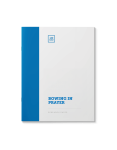
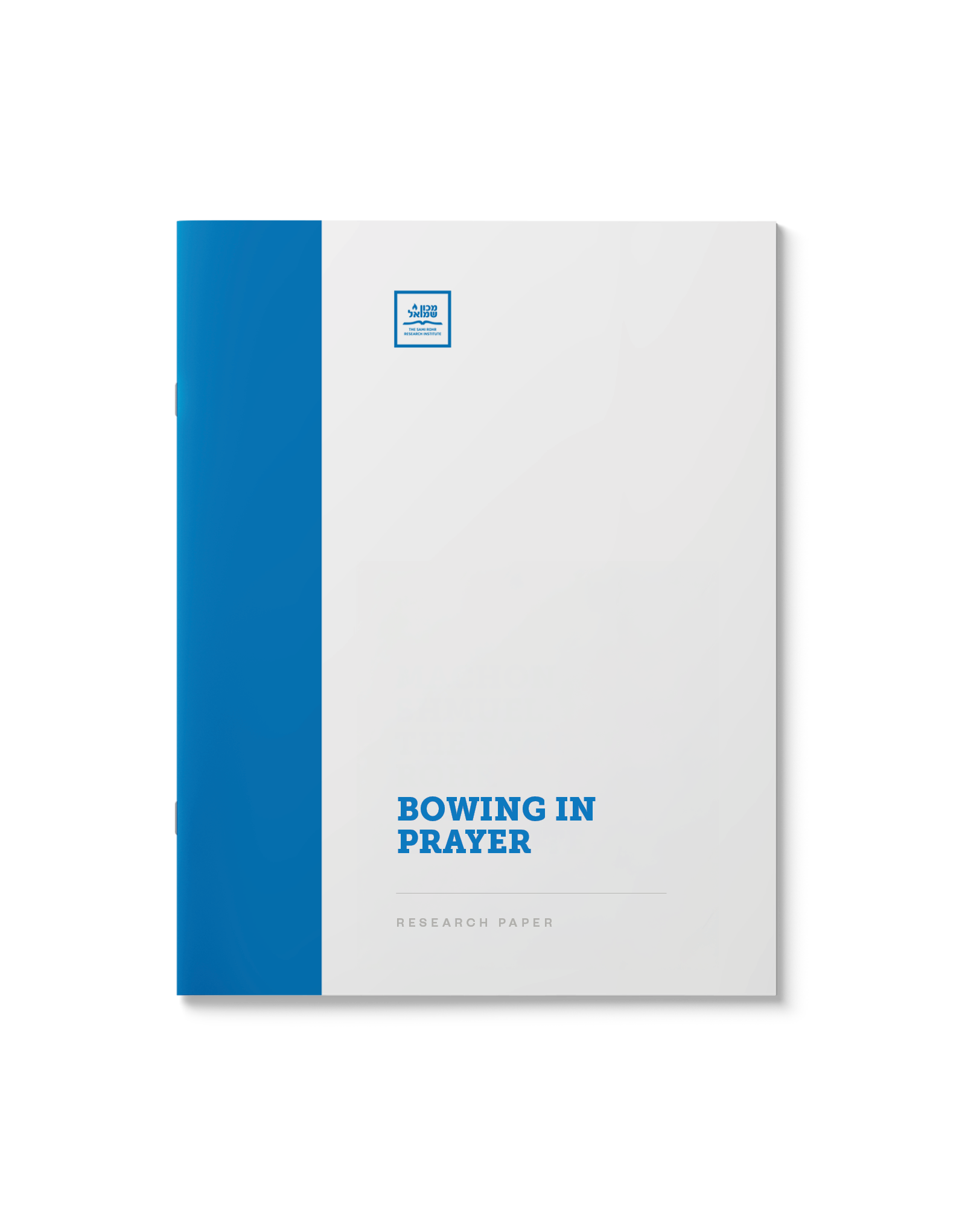
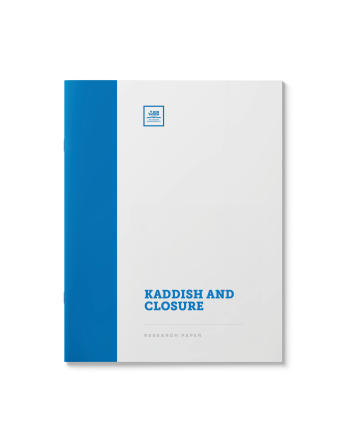





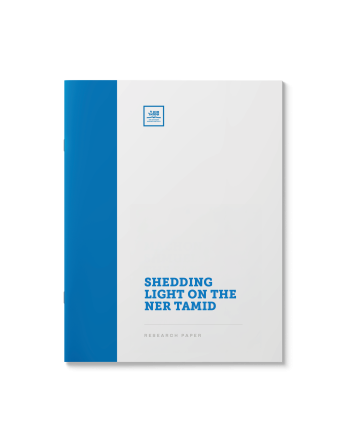
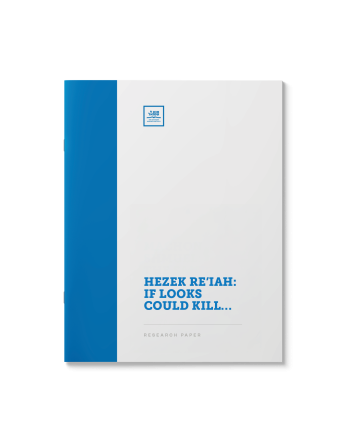



![Identifying the Thirteen Attributes of Mercy (Sources) [New!]](https://catalog.myjli.com/wp-content/uploads/2025/05/SAMSTAM-350x448.png)